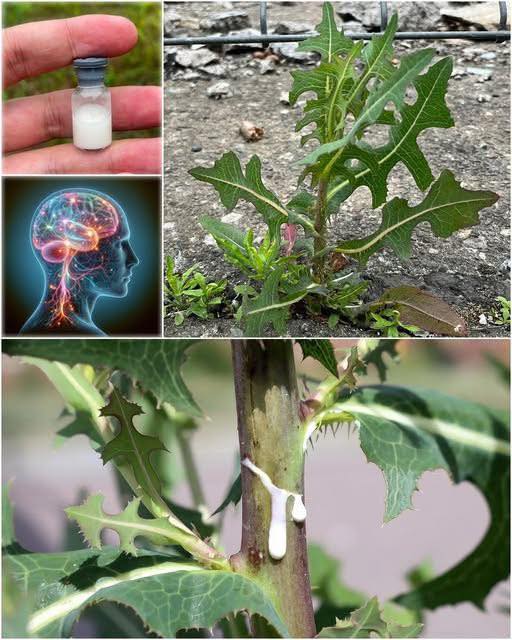Fig sap, often called “fig milk” due to its milky appearance, has been valued for its various practical applications for centuries. The sap, collected from the fig tree (Ficus spp.), is not only an interesting part of the tree but also a versatile substance used in traditional remedies, gardening, and culinary applications. This guide provides a step-by-step process on how to safely collect and utilize fig sap, while emphasizing sustainable practices and health considerations.
What You Need to Know Before Collecting Fig Sap
Before embarking on the collection of fig sap, it’s crucial to understand several important factors related to safety, timing, and the well-being of the tree.Fig sap contains latex, which can be irritating to the skin and eyes. It’s essential to handle the sap with caution to avoid any potential allergic reactions or irritation. For this reason, always wear gloves and protective eyewear when working with fig sap. In addition, latex exposure may cause skin rashes in sensitive individuals, so proper care should be taken to minimize contact.
Optimal Time for Collection
The best time to collect fig sap is typically during the late spring through early autumn when the fig tree is in its active growing phase. During this period, the sap flow is more abundant, making it easier to collect. Avoid collecting sap in the winter when the tree is dormant, as sap production is minimal.
Tree Health Considerations
When collecting sap, it’s important to ensure that you are only tapping healthy, mature fig trees. Harvesting from young or weakened trees can harm the tree and potentially stunt its growth. Ensuring the health of the tree is crucial for both its long-term viability and the quality of the sap.
Tools and Materials Needed
To collect fig sap safely and effectively, you will need the following materials:
Gardening Gloves: To protect your hands from latex exposure.
Protective Eyewear: To shield your eyes from any accidental splashes of sap.
Sharp Knife or Small Cutting Tool: To make a clean incision in the tree.
Collection Container: A glass jar, plastic bowl, or another suitable container to catch the sap.
Step-by-Step Guide to Collecting Fig Sap
Once you have gathered the necessary tools, follow these steps for safe and effective collection:
1. Prepare Your Tools
Ensure that all tools are clean and sharp. A clean cut will be less harmful to the tree and allow the sap to flow more freely. It’s best to sterilize any cutting tools before use to prevent infections or contamination.
2. Select the Right Spot
Choose a healthy, mature tree that is not damaged. Look for a spot on the tree’s trunk or a branch that is easily accessible. Avoid areas that show signs of disease, decay, or previous injury.
3. Make a Small Incision
Using the sharp knife, make a shallow, small incision in the tree’s bark. The cut should only be a few inches long to minimize damage to the tree. The goal is to allow sap to flow out naturally without harming the tree. Be careful not to overcut, as deep or large incisions can hurt the tree and impair its ability to heal.
4. Gather the Sap
Place your collection container underneath the incision to collect the sap. Depending on the tree and the time of year, sap flow may be slow, and you may need to leave the container in place for several hours to gather an adequate amount.
5. Seal the Cut
Once you have collected the sap, it’s important to seal the incision to protect the tree. You can use a natural tree sealant, or in a pinch, apply mud or clay to cover the cut. This helps prevent infections and ensures the tree continues to heal properly.

Leave a Reply